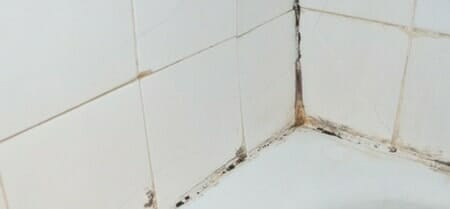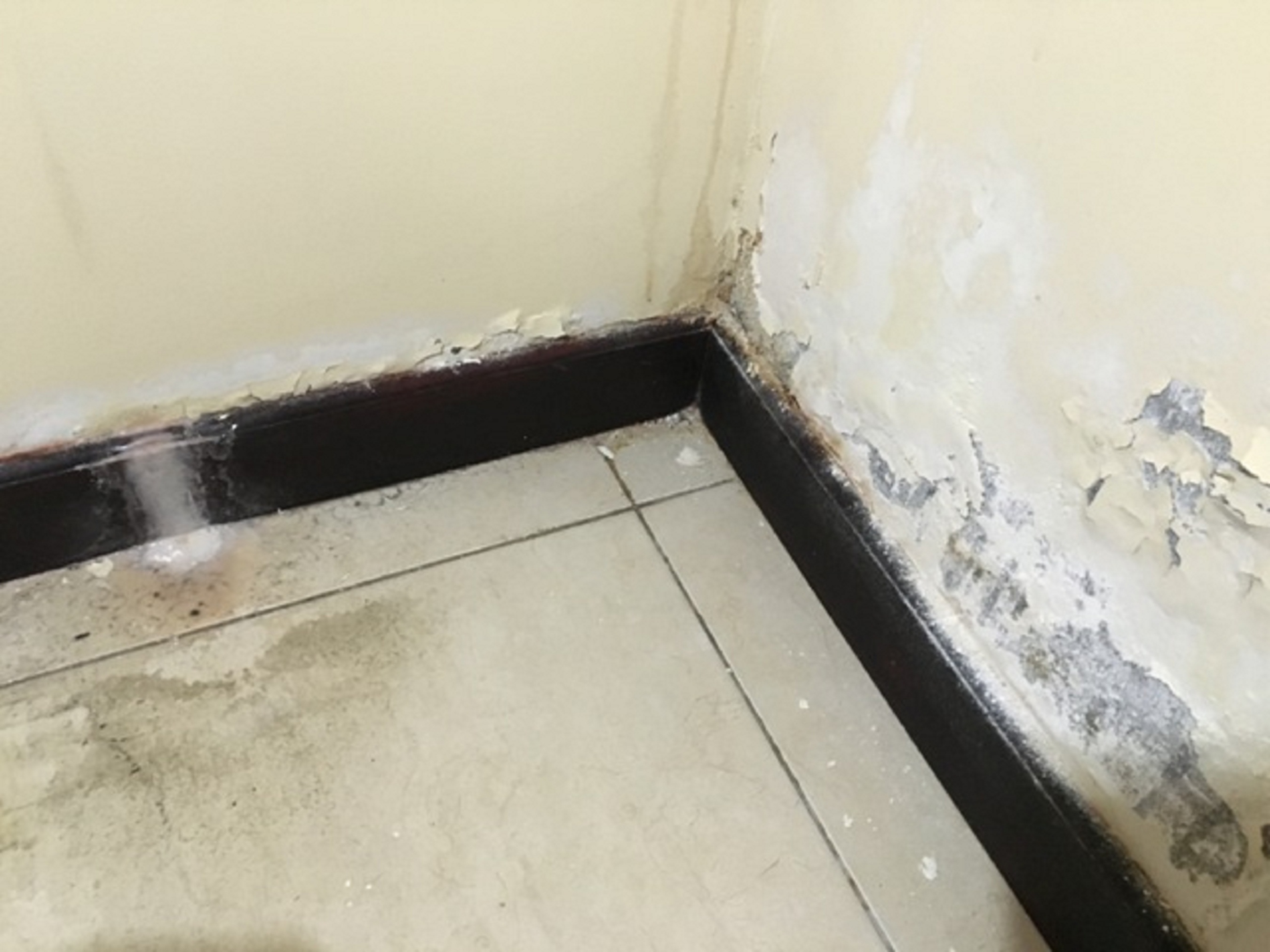This great article down below pertaining to How to Repair and Prevent Bathroom Water Damage? is especially intriguing. You should see for yourself.

Water damage frequently takes place in the shower room because of the water made use of daily. Occasionally, the damage could be a little mold from the shower. Various other times, it's huge damages on your floor. Whatever it is, it is constantly good to recognize the cause and also prevent it prior to it happens.
This overview will experience some of the usual reasons for water damage in the washroom. We will additionally examine what you can do to stop these causes from harming your bathroom. Let's dive in.
These are the usual reasons you would certainly have water damage in your bathrooms as well as just how you can find them:
Excess Dampness
It's awesome to have that lengthy shower and sprinkle water while you hem and haw and act like you're executing, but often these acts can trigger water damage to your washroom.
Splashing water around can trigger water to head to corners as well as create molds. View just how you spread excess wetness around, and also when you do it, clean it up to prevent damage.
Fractures in your wall surface tiles
Shower room wall surface tiles have been particularly designed for that purpose. They secure the wall surface from moisture from people taking showers. Nevertheless, they are not undestroyable.
Sometimes, your restroom wall surface floor tiles split and enable some wetness to permeate into the wall. This might possibly damage the wall if you don't take any type of activity. If you observe a split on your wall tiles, fix it right away. Do not wait till it damages your wall surface.
Overflowing toilets and sinks
As people, often we make errors that might trigger some water damage in the washroom. As an example, leaving your sink faucet on can create overflowing and damage to other parts of the bathroom with moisture.
Also, a faulty toilet could cause overruning. As an example, a busted commode take care of or various other parts of the tank. When this takes place, it can harm the flooring.
As quickly as you observe an overruning sink or bathroom, call a plumbing to assist handle it right away.
Burst or Leaking Pipes
There are many pipelines lugging water to various parts of your restroom. Some pipes take water to the commode, the sink, the faucets, the shower, as well as numerous other areas. They crisscross the tiny area of the restroom.
From time to time, these pipelines can get rusty and also ruptured. Other times, human action can trigger them to leak. When this takes place, you'll discover water in the corners of your bathroom or on the wall surface.
To find this, look out for gurgling walls, mold and mildews, or mold. Call an expert emergency situation plumbing technician to fix this when it happens.
Roofing Leaks
Sometimes, the issue of water damage to the restroom could not originate from the restroom. As an example, a roofing leak can cause damages to the restroom ceiling. You can spot the damages done by taking a look at the water discolorations on the ceiling.
If you discover water discolorations on your ceiling, inspect the roof to see if it's harmed. Then, call an expert to help fix the issue.
Verdict
Water damage to your restroom can be aggravating. Nevertheless, you can manage it if you avoid some of the reasons pointed out in this guide. Call an expert emergency plumbing technician if you discover any kind of severe damages.
How to Repair a Water-Damaged Wall in the Bathroom
All you need to know to repair bathroom wall water damage – from identifying the water source to finishing the repair professionally. If you don’t act quickly to resolve a water damage problem, you could find that it develops into a mold issue and/or cause structural damage to your home. Follow this guide to repair your bathroom before it's too late.
All you need to know to repair bathroom wall water damage
Water damage is a common household problem, and one that, if left unrepaired, can quickly lead to structural problems and health issues. The two most likely rooms where water damage may occur is the bathroom and the kitchen – where water is used often and there is high humidity.
What is water damage?
It is easy to think of water damage as caused by a flood or leaking tap or burst water pipe. However, when water damage is assessed, there are three main categories into which water falls (as classified by the American National Standards Institute). These categories are defined as:
Category 1 Water – ‘Clear Water’
This is sanitary water. There is usually no major threat to health by washing with this water, drinking it, or inhaling if it is streaming. Most water that enters your home will be category 1 water, while most water leaving your home will be either category 2 or 3 water. It may also come from melting snow, rainwater and water tanks.
Damage caused by this type of water can usually be repaired or restored, though this doesn’t mean that there are no potential health issues.
Category 2 Water – ‘Grey Water’
This is contaminated water – sometimes considerably so – and will cause illness if consumed or if it comes into contact with your skin. Water damage in this category is often caused by overflows from toilet bowls, and damage to washing machines and dishwashers. While damaged items might still be repaired or restored after damage by grey water, it is more difficult and more expensive to do so.
If the water damage in your home has been caused by grey water, it is advisable to have repairs made by professionals.
Over time, grey water will deteriorate and become black water.
Category 3 Water – ‘Black Water’
Category 3 water, also known as black water, is highly contaminated and a great risk to health. This may contain raw sewage, heavy metals, and other toxic substances. It will smell terrible.
If this is the water that has caused damage in your bathroom, do not touch it. Stop the water flowing if possible, seal the room and call the experts: it really isn’t worth the risk of ill health and disease that could be fatal. It is very unlikely that items can be repaired or restored if they have been damaged by black water.
https://www.porterscleaning.com/blog/how-to-repair-a-water-damaged-wall-in-the-bathroom/

As an enthusiastic reader on How to Repair and Prevent Bathroom Water Damage?, I think sharing that excerpt was really helpful. Enjoyed our entry? Please share it. Let other people check it out. I cherish reading our article about How to Repair and Prevent Bathroom Water Damage?.
View More